Review for Nausicaa Of The Valley Of The Wind
Introduction
There are gaps in my Ghibli Blu-ray collection, which I’m only now getting around to filling. For once however, I’m being selective about it. Post Spirited Away Ghibli films are a little hit or miss for me. For every Tales From Earthsea, there’s a From Up On Poppy Hill, and I’m in no particular hurry to pick up Ponyo or Arrietty. But films made pre-Spirited Away come from Ghibli’s golden age, back when they didn’t have the burden of Oscars success to live up to, no box-office kudos to maintain. Back then, every new film felt like an auteur’s masterwork. Thankfully, I have just a couple of gaps in that era left to plug, although it seems I’ve missed out on the most important film of them all. Yet technically, Nausicaa of the Valley of the Wind is not a Ghibli film at all, despite Optimum Releasing and subsequently Studiocanal marketing it on their Ghibli label. Hayao Miyazaki wrote and directed Nausicaa in 1984, before the birth of Studio Ghibli, indeed, the success of Nausicaa led to the founding of Studio Ghibli. Until The Wind Rises, Nausicaa was also Miyazaki’s only overtly political film. It’s definitely not a gap that should be left vacant in any Ghibli collection.
A thousand years after an apocalyptic war, the survivors of humanity live in small enclaves in a world engulfed by a toxic jungle, and terrorised by giant insects. While most of the countries fight a constant battle against the encroaching Sea of Decay, the small settlement in The Valley of the Wind sustains a delicate balance with its surroundings, exemplified by the example of its princess Nausicaa. Nausicaa not only has an understanding of the toxic fungus forests, and the insects that dwell within, but she also is preternaturally attuned to nature. But their idyllic settlement is in danger from the surrounding countries. They’ve uncovered and are fighting over an ancient weapon, which they plan to use to destroy the Sea of Decay once and for all, and Nausicaa’s people are going to get caught right in the middle.
Picture
The image is presented in 1.85:1 widescreen 1080p format, and it’s clear, sharp, colourful and stable throughout. It’s a Madman authored disc, so expect the usual smidge of noise reduction. Grain is evident, but is very light, and given the vintage of the film, the traditional cel and paint nature with no digital enhancements whatsoever, you won’t be surprised that it can be a little soft at times. Having said all that, Nausicaa of the Valley of the Winds is really filmic on this disc, rich in detail, and with strong, consistent colours.
Sound
You have the choice between PCM 2.0 Stereo English and Japanese, with optional English subtitles. The dialogue is clear throughout, and the action comes across as well as you would expect, given a little Prologic push. While I went with the original language track, the English dub had some serious money and a-list stars thrown at it, and it’s well worth a listen. Joe Hisaishi provides an evocative and occasionally ethnic score, which really suits the story well.
Extras
The disc boots to an animated menu.
You get a subtitled audio commentary for the film from Hideaki (Evangelion) Anno and Kazuyoshi Katayama, and you can see the storyboards for the film in PiP form.
There is an interview with Toshio Suzuki and Hideaki Anno which lasts 43:40, and it’s in audio form only (with a static screen and subtitles of course).
The Birth of Studio Ghibli lasts 27:44 and looks at the early history of the studio. This is in 480i SD format.
Also in SD is the Behind the Microphone featurette. This lasts 7:45 and offers interviews with the more notable members of the English language voice cast.
You get 8:15 of the film’s trailers in HD, and there are further trailers for Ponyo, Howl’s Moving Castle, Tales From Earthsea, Laputa Castle in the Sky, and Spirited Away.
Conclusion
Do you remember Gonzo’s Origin: Spirits of the Past? That was a film that desperately wanted to be Nausicaa. It was practically cloned from the same DNA. Unfortunately for Origin, it got the junk DNA. Nausicaa is the original and it’s still the best, a thoughtful tale about how mankind is part of nature, and when that is forgotten, disaster ensues. Nausicaa may be proto-Ghibli, but the quality of the storytelling is still there, as is the excellence in terms of animation.
Nausicaa of the Valley of the Wind is an anime exploration of the Gaia principle, that all life including people, are interconnected with the inorganic surroundings of the world to create a self-regulating complex system. You could think of it as a system of positive and negative feedback at its most basic, although some proponents of the theory suggest that the world itself is a life-form, with its inhabitants akin to cells; some extremists would characterise humanity as a disease. The idea being that if the balance is tipped one way, the world will react to correct that balance.
In this film, the balance tipped when the industrialised world despoiled and polluted the environment, and the balance tipped back with the advent of the Sea of Decay, and the giant insects which together drove the despoilers, humanity to the edge of extinction. The story, the conflict in the film arises between two frames of thought, the traditional, expounded by the strong countries of Tolmekia and Pejite, that the insects and the fungus needs to be fought and destroyed, while the new way of thinking exemplified by Nausicaa is that mankind needs to adapt to the insects and the fungus, and learn to coexist in the new paradigm. It’s a thoughtful and intelligent story that is enlivened with plenty of action and the odd moment of humour as well.
If the film has a weakness, it’s in the characterisations, which are thin and somewhat single note. Nausicaa herself is righteous to the point of being Messianic, which gets a little tedious after a while. Speaking of Messianic, there’s a scene here that the Wachowskis might just have been inspired by when it came to The Matrix Revolutions. With one or two exceptions in the Tolmekian hierarchy, the characters all seem one-dimensional, as if they exist to advance the story and little else. It’s good then, that the world-design and the story Miyazaki tells is strong enough to hold the attention. Nausicaa of the Valley of the Wind is a landmark moment in anime cinema. It still holds up today, with an increasingly relevant message, and as I mentioned, it’s one gap that you have to plug if you collect Ghibli films.
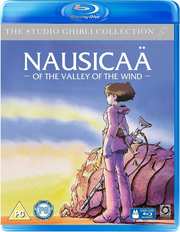

















































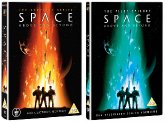












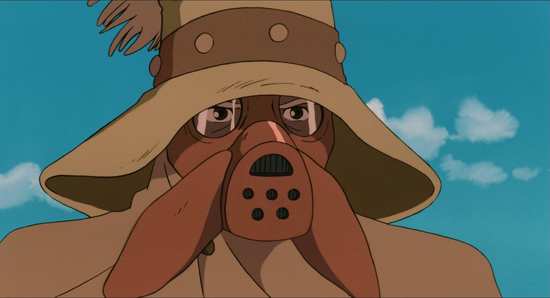

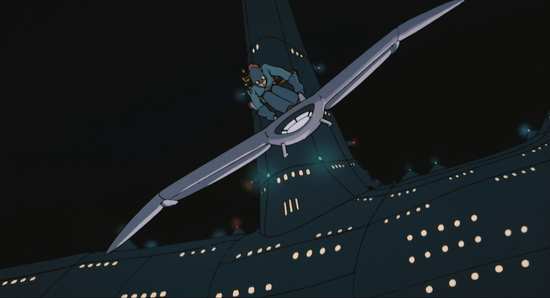
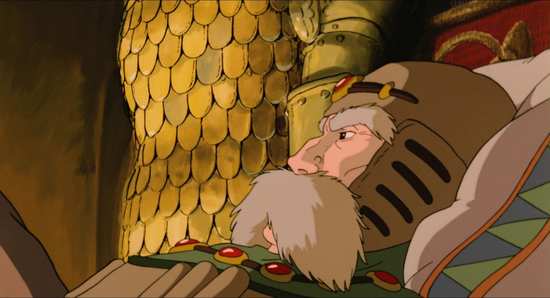
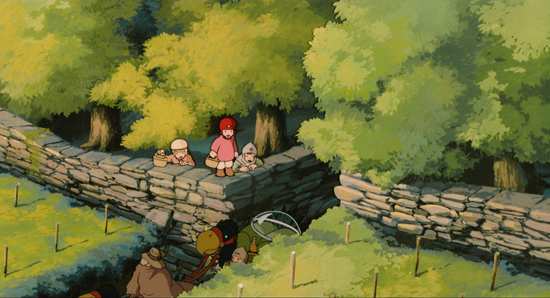

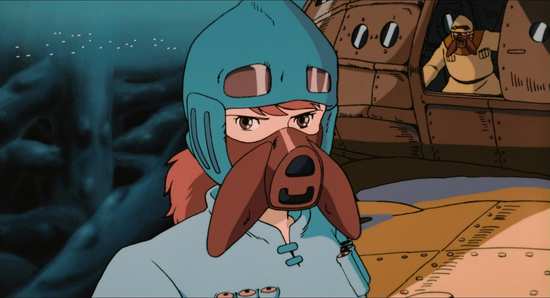
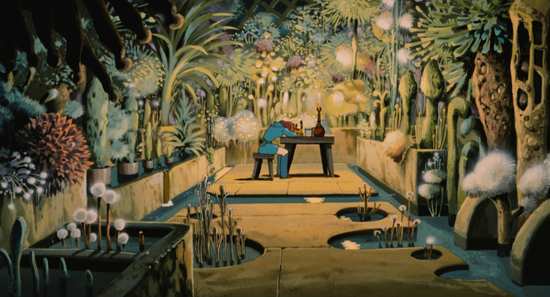
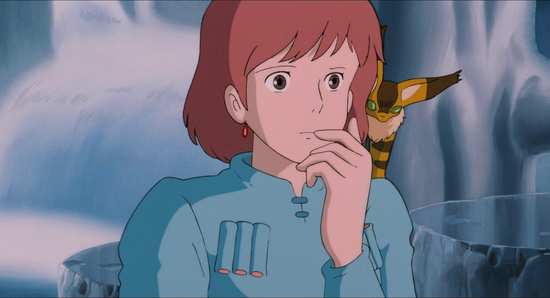
Your Opinions and Comments
Be the first to post a comment!